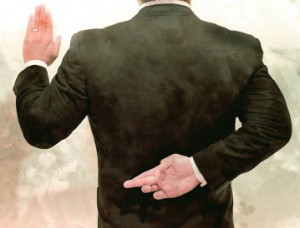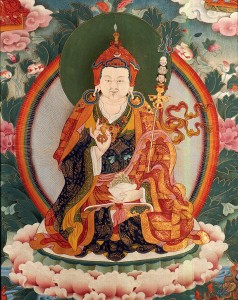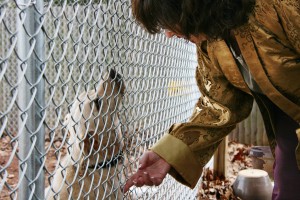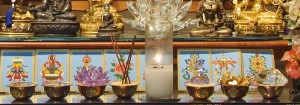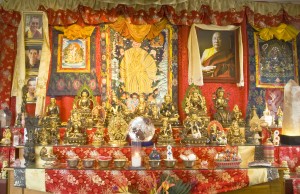From a series of tweets by Jetsunma Ahkon Lhamo (@jalpalyul), December 22, 2010
I am always so disappointed when I see a long time practitioner who toots his own version of accomplishment when clearly there is none, or puts him/her self up on a throne that they do not belong on. It is not the ego that is recognized and enthroned, it is Wisdom and compassion that are meant to be properly enthroned; and it is to benefit the Dharma and the people. Not to puff up bloated egos. That happens naturally in samsara. One practices to pacify the ego, not to enhance it. If you must waste time and merit pumping it up then you are lost, utterly lost and must turn right around and go back to preliminary stage and purify. Of course if the ego is too bloated that will not happen.
Many would rather take it to their grave than work the path truly. That is not Dharma, that’s false pride. False pride is a mind and heart killer. One cannot think clearly about one’s path or history, can only stroke and fondle that sick ego. It hurts when other people do not agree, and must get into 1) self pity and whining, or 2) aggression to put the disagreed person down. Or make them look bad, even if it requires lying, hating, violence, et al. – whatever it takes to avoid any and all responsibility for one’s character. That is the coward’s way. It shows weakness, not intellectual strength.
Truth and virtue are arranged like a platter of cookies. Pick some! The red sugar cookie? The green? Take what you like and go home and gobble them down. Have you been to a feast? No, you have been to a party where you and only you are the entertainment and the joke! Those of us who practice Dharma deeply and with great respect and love can spot you in a New York minute. And grieve. Those that practice to be big, tough and cool, to get adulation will never have it. Like planning a funeral party rather than finishing and accomplishing every prerequisite for death and being ready and completely unafraid. To be prepared for death is honorable and dignified. That is vajra pride! Also one should practice both the yidam and Phow’a extensively. Anything else is foolish and shows one’s ignorance and lack of accomplishment. To spend the last times bragging about qualities one does not have is a waste of perfectly good life.
Did you love? Did you give, rather than steal? Did you change for the better? Is the world better for your life? Or are you a user? Are you the wizard behind the curtain being mighty and ridiculous? Or are you a human being- loving, being loved, giving hope and healing to others? We talk, us baby boomers, as though our environment is the trouble. Not. We were born to the trouble, it is our Karma. To ignore that is to be a fool in a world cursed by and filled to the brim with fools. If you want to be stand up and real; give, love, heal, turn around and start again.
At any time, if there is five minutes left in life, love, gather virtue and care- not just your circle of family and friends that agree with you, but all sentient beings, every one. We will all die, be sick, suffer… Be a brave and pure beacon… show us how it’s done. We need that.
We do not need your scorn or your judgment! There is plenty of that from ordinary sentient beings.
© Jetsunma Ahkön Lhamo

